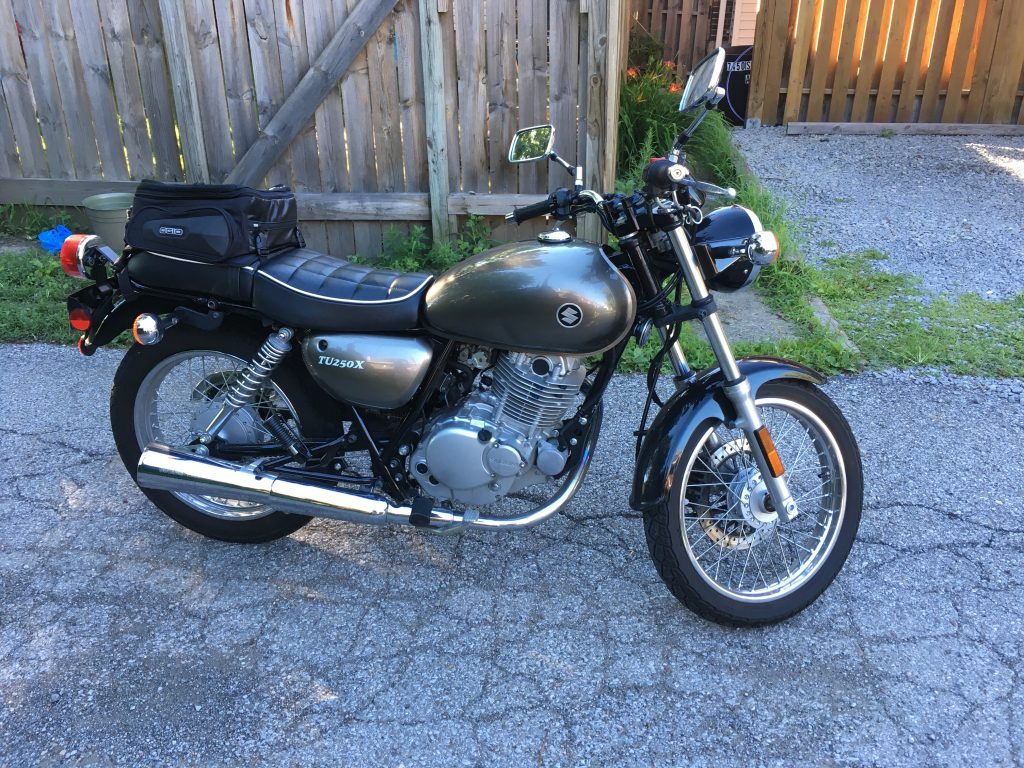I realized that most likely, not everyone who reads this knows what a Windsor Chair is.
In broad strokes, a Windsor Chair is a chair which uses a solid plank for a seat, with sticks sticking out of the bottom for legs, and sticks sticking out the top to form the back and/or arms. In contrast, other chairs tend to use a frame of some sort instead of a plank seat, and often combine the upper back posts with the rear legs.
Of course, one could apply any number of statements of the form, “It’s not a Real Windsor Chair unless …,” and many people do. Those people are usually chairmakers (or teachers of chairmaking) who are describing the chairs they make (or teach you to make), in an attempt to sell you something.
There are many different traditional styles of Windsor Chair. Their names usually describe the construction of the upper part of the chair: “fan back,” “bow back”, “sack back,” “continuous arm,” and “bird cage” are some examples. Other names describe the overall form, such as “writing arm chair” and “settee.”
The height of American Windsor Chair design and construction was from the mid 1700’s through early 1800’s. They were produced by hand in mass quantities, and were ubiquitous in American homes. As the Industrial Revolution began, designs degenerated for the sake of ease of production.
